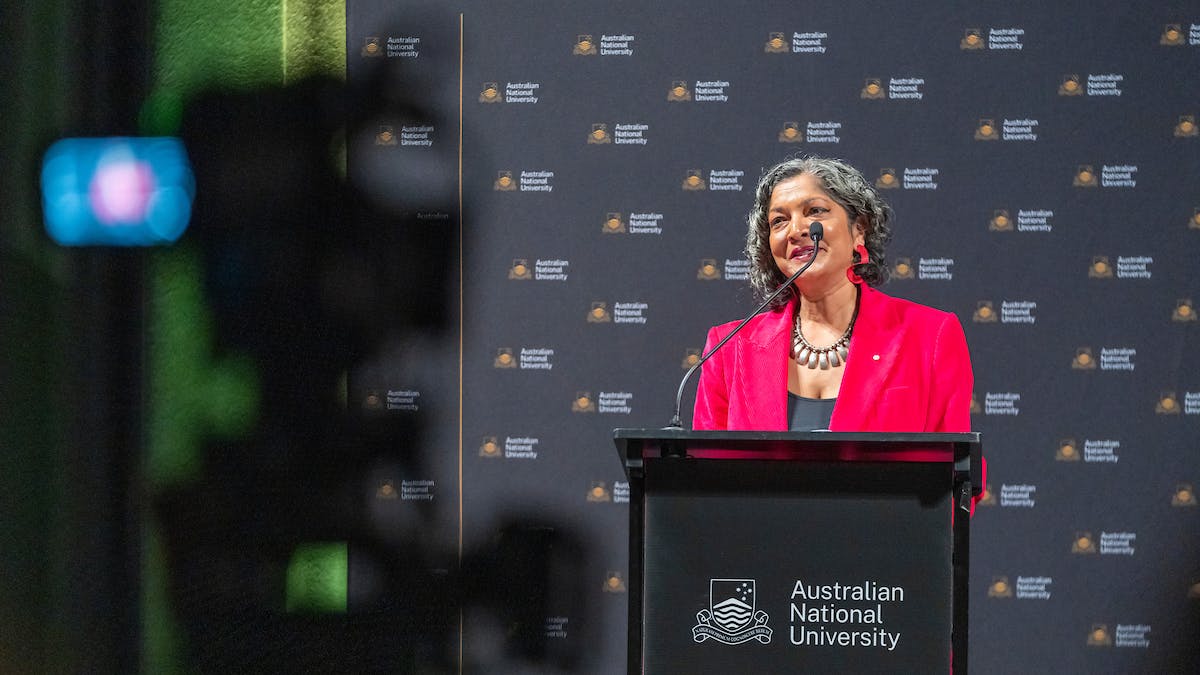High rates of violence, a growing gender pay gap and public attitudes are still just some of the many challenges Australia faces in its ongoing fight for gender equality, according to one of the nation's leading voices on women's rights.
Delivering the 2024 Susan Ryan Oration at The Australian National University (ANU), Ms Padma Raman, the inaugural Executive Director of the Australian Government's Office for Women, outlined the steps Australia needs to take in order to achieve greater gender equality.

"Although we've seen great advances in recent decades the evidence tells us, clearly, there's still a long way to go before we reach gender equality," Ms Raman said.
"In spite of significant efforts across the nation, rates of violence against women remain alarmingly high. As of today, Destroy the Joint are reporting 16 women have been murdered by their current or former partners this year - and we are only in March.
"We continue to have high rates of sexual violence with poor justice responses.
"The Australian economy is increasingly reliant on paid and unpaid care - women on average do nine hours a week more unpaid care than men. And even with widespread workforce shortages, women often dominate low-paid care work that is often insecure and often done by the most marginalised.
"And we know compared to other OECD countries women are at the high end for part-time work. This is a contributor to 34 per cent of women relying on their partners' income to meet the cost of retirement, compared to seven per cent of retired men.
"We have more women in leadership positions than ever before across a range of settings, yet so many women, especially public figures, experience high rates of abuse online."
Ms Raman highlighted public attitudes as another major roadblock in the nation's journey to reaching gender equality.
"While we think we are heading in the right direction, changing attitudes around gender are stubborn and non-linear," she said.
"Data has shown that 43 per cent of women aged 16 to 24 reject attitudes that support gender equality, compared to only 20 per cent of men in the same age group.
"These are complex, structural problems - they require sophisticated and sustained solutions."
Ms Raman said the Government's Working for Women strategy, developed with the Office for Women, was an example of the type of change Australia needed to ensure greater gender equality.
The strategy outlines a 10-year vision for gender equality in Australia with an emphasis on safety, respect and equal access.
"It is structural," Ms Raman said. "It sets out a path to make progress toward this vision with a focus on five interrelated priority areas: gender-based violence, unpaid and paid care, economic equality and security, health, and leadership representation and decision-making.
"Its foundations are in the need for everyone to work together to shift attitudes and stereotypes that drive gender inequality and limit people's opportunities and choices based on their gender."
In a wide-ranging discussion with ANU Chancellor Julie Bishop as part of her oration, Ms Raman said 'positive duty' obligations now placed on employers as part of the Sex Discrimination Act would be the next major stride when it came to advancing gender equality in Australia.
"Positive duty means all employers have a positive obligation [to eliminate sexual harassment and sexual discrimination in the workplace].
"Employers have an obligation to provide a safe workplace and the Human Rights Commission has powers to ensure that.
"I think this is going to be a complete game-changer."
The Susan Ryan Oration is the premier International Women's Day event at ANU. It honours memory and significant legacy of Susan Ryan AO.
Watch the 2024 Susan Ryan Oration at ANU TV.






